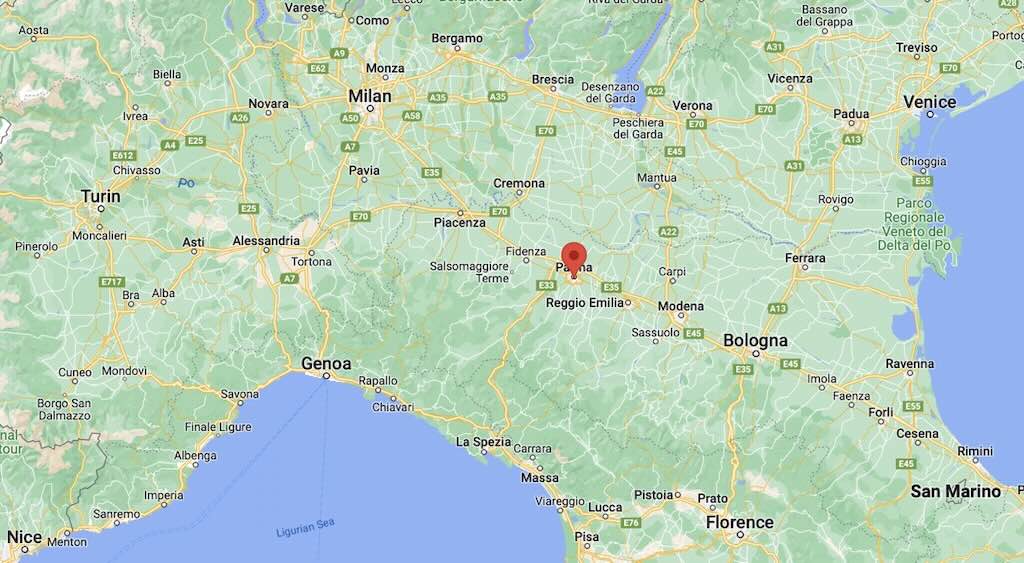What I found interesting… in 2023
AI copies artists work
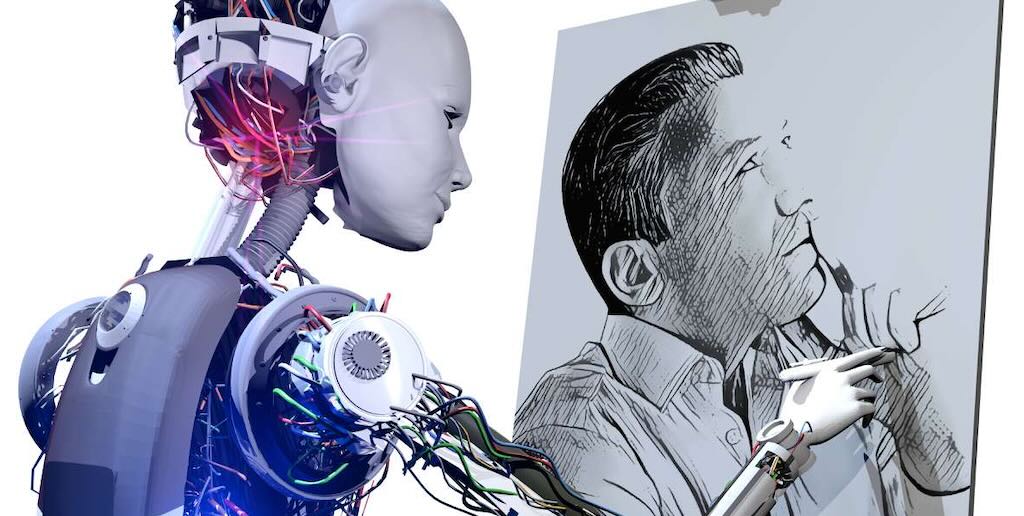
In this BBC article Greg Rutkowski’s name is been used as a prompt in AI tools that have generated art more than 400,000 times, without his consent.
His work is used in games but now artificially-generated artworks can be created in seconds based upon billions of existing images scraped from the internet. And this is done without the artists consent.
Greg Rutkowski will have difficulties to recognise and find his own works on the internet.
One artist felt that generative art could help solve the problem of tedium, but that it couldn’t replace the personality behind the art. Another said that AI would never be able to capture that true human essence, the creativity initiative.
One artist made a clear statement “I have a copyright on the images and I plan to enact my copyright if my images are used without my consent”.
Another noted that a query for an image will result in one that reinforces existing stereotypes, e.g. an image of doctor would be a white male in a white coat.
Everyone agreed that worldwide regulation is needed to protect artists and the industry.
The colour pink

An article by the BBC on the colour pink, was inspired by the new Barbie film.
The article noted that the girl-pink/boy-blue divide didn’t set in until the mid-20th century. Originally pink was seen as the stronger colour (a relative of the passionate, aggressive red), while blue was the signature hue of the Virgin Mary. An 1893 article on baby clothes in The New York Times stated that you should “always give pink to a boy and blue to a girl”.
Pink morphed into something delicate, cutesy and unthreatening after WW II. But in the mid-70s pink emerged as a symbol of self-identification and pride in the LGBTQ+ community (inspired by pink triangles used to identify gay prisoners in Nazi concentration camps).
The article also mentioned the ‘pink tax‘ to describe the idea that women paid more than men for identical products, such as toiletries.
How stupid can you get
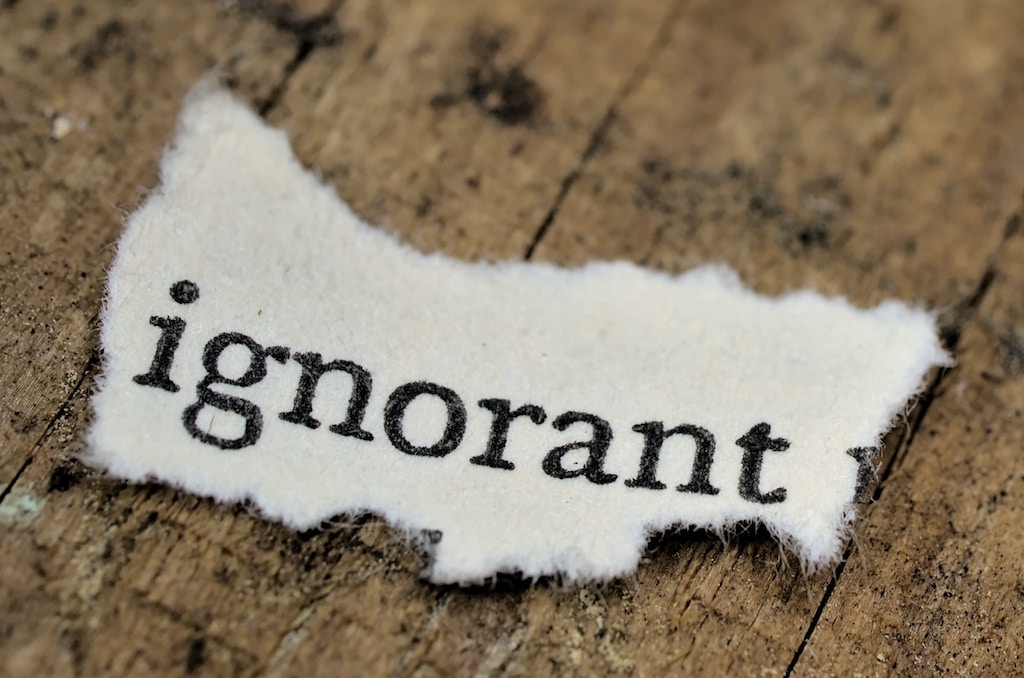
India has removed the periodic table and evolution from school textbooks.
in addition Nature has reported “In non-science content, chapters on democracy and diversity; political parties; and challenges to democracy have been scrapped. And a chapter on the industrial revolution has been removed for older students”.
As Albert Einstein said “Two things are infinite: the universe and human stupidity; and I’m not sure about the universe”. And just to prove this points Utah primary schools have banned the Bible for ‘vulgarity and violence’.
You might think this is just the actions of a small number of people.
This would be a mistake, on 2 June 2023 il Venerdì of the Italian newspaper la Repubblica listed a number of conspiracies believed by a non-negligible part of the Italian population.
The first example was that 66% of practicing Catholics and 66% of voters for the political party Movimento 5 Stelle both think that it’s probable or possible that the world is control by a hidden elite.
More generally 74% of those who voted for Italian right-wing parties believe that Lady Diana may have been killed by the British monarchy. Those same voters also believe that COVID-19 and other viruses could have been created in pharmaceutical laboratories. Also 52% of practicing Catholics believe the same, and 25% of them also think that it’s possible that the Holocaust never happened.
And 20% of practicing Catholics still think that it plausible or probably that the world is flat.
Remember “Never underestimate the power of stupid people in large groups”.
Checkout the update on “Why some Indian scholars are disowning books they wrote“.
Why most humans are right-handed?
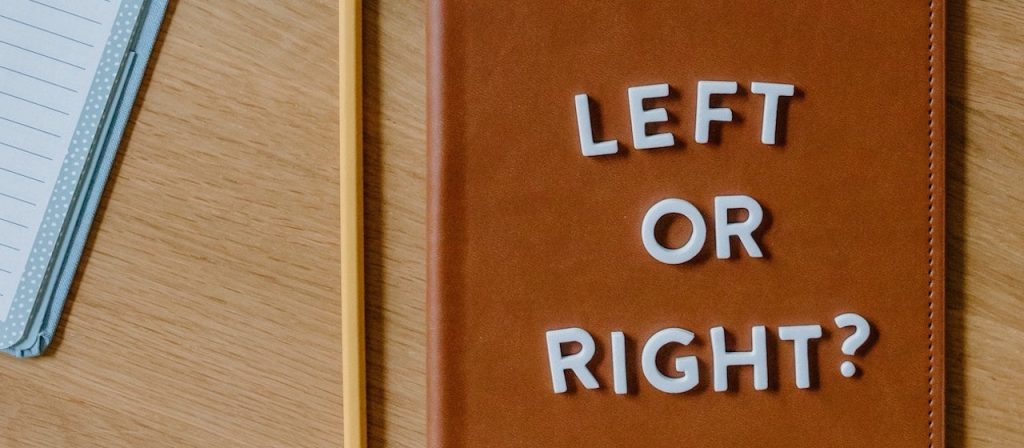
Big Think (a blog about bold ideas) published an article about why people are dominantly right-handed, and this interested me since I’m left-handed, and left-footed, and left-everything, but possible right-eyed.
And I thank God everyday that my parents and my schooling allowed me to be ‘cack-handed’, and didn’t try to force me to write with my right-hand.
My parents did teach me to eat with the fork and knife the ‘right way’. It’s odd that my wife in right-handed, but for some reason lays the table with the knives and forks the wrong way around.
And of course she is always telling that I’m high-handed, but that’s another story.
An extensive Wikipedia article on handedness confirmed that about 10% of the population are left-handed.
The different theories as to why handedness develops include language dominance, genetics, epigenetics, prenatal hormone exposure, prenatal vestibular asymmetry, and even the use of ultrasound during pregnancy.
I personally was intrigued by the bias against left-handed people and all the positive connotations associated with the ‘right’ and the negative ones associated with the left (e.g. being clumsy, awkward, unlucky, insincere, sinister, malicious, and so on).
The article kicks off with:-
- Why some people are left-handed
- Why left-handed people are likelier to be mentally ill
- That the predicted health disadvantage of being left-handed hasn’t materialized
- And that left-handed people don’t seem to suffer from more health problems than right-handed people, nor do they live shorter lives.
The article points to a study “Why Are Most Humans Right-Handed? The Modified Fighting Hypothesis“. The hypothesis is that right-handed humans actually had a greater fighting advantage over much of our species’ history, which is why they’ve become far more numerous.
The basic idea is that about three-quarters of the heart is situated in the left hemithorax (e.g. chest), making the left side of the chest a susceptible target for a mortal blow.
The researchers noted that when humans battle with stabbing weapons, the hand utilized to hold the weapon determines which area of the chest is exposed to an opponent.
A left-handed grip will rotate the left side of the chest, and thus most of the heart, toward an enemy, while a right-handed grip will rotate it away. Moreover, a free left arm could be used to deflect spear strikes in combat.
Collectively, this means that right-handed humans might be more protected from a deadly strike.
Since there is no health disadvantage from being left-handed and fighting with pointy weapons is no longer an evolutionary pressure, we should see the proportion of left-handed people stay the same in modern societies or broadly rise. Some studies suggest that left-handedness has increased in the 20th century, but it is uncertain if this is due to genetic or cultural reasons.
Ponder on this…
“I may be left-handed but I’m always right”
“If the right side of the brain controls the left side of the body, then only left-handed people are in their right minds”
“Left handers don’t just write differently, they also think differently”
And finally on a QWERTY keyboard, there are over 3000 English words typed solely with the left hand, whilst only around 300 are typed with the right hand alone.
Which is odd since I have always used a Swiss-French QWERTY keyboard.
Using a foreign language can reduce false memories
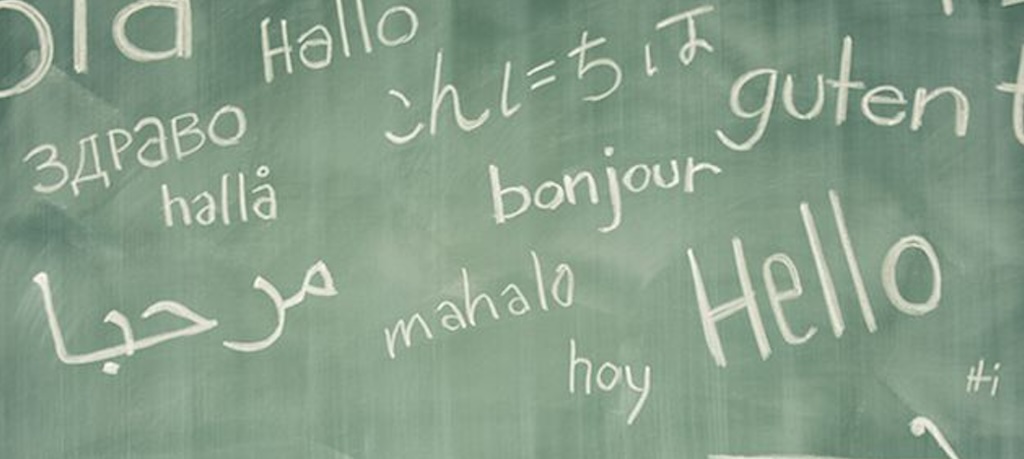
A University of Chicago study found a novel relationship between memory and bilingualism.
The idea is that when using a second language, people actually use a different system of reasoning, one that’s less automatic and instinctual, and is more careful with judgments and decision making.
I speak several languages, some badly, some a bit better. But I can understand this idea. When trying to create a phrase I am often obliged to alter it because I’m missing a word or two (or it doesn’t ‘sound’ right in my head). When starting to use a new language I might have said that the weather was not that bad, because I didn’t have the vocabulary to say it was atrocious. In my mind ‘not that bad’, as opposed to ‘atrocious’, fitted better with my limited mastery of the language. It left space for the conversation to continue, and ‘told’ my interlocutor my limited mastery so they could also adapt.
Where I would disagree with this study is that all my languages were learned whilst living in the country, and are instinctual. One problem is that I learn very slowly to correct grammatical errors, but it requires a “pre-processing” step which stops fluidity and spontaneity. Another problem is that I might know what fish I like in two different languages, but in many cases I don’t link the two names together as being the same fish.
This study showed that people using their second language actually improve their ability to tell false from true memories, and this can help in deciding which information to trust and when.
Personally I don’t agree with this. My languages are associated with the fact that I lived in those countries, and my memories are in the language of that country. I have never learned a language in “isolation”, always whilst living in the country. I can always explain a memory in another language, but my explanation is in some way a translation from the original. This sometime means that I have to explain a specific cultural feature before explaining the memory, otherwise it would be incomprehensible to someone from a different culture. Sometimes I don’t have the vocabulary in the other language, so I have to simplify and modify the memory to fit.
Pompeii archaeologists discover 'pizza' painting
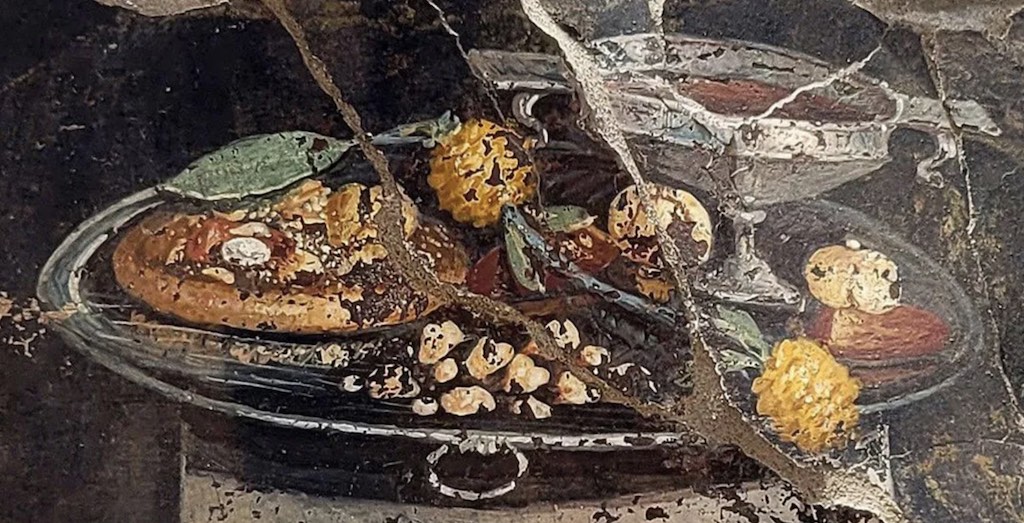
The BBC reported that archaeologists in the ancient Roman city of Pompeii had uncovered a painting (check out the still life) depicting what looks like a distant ancestor of a pizza.
Strictly speaking it looks more like a flatbread focaccia, and in a far more detailed ‘update‘ it is now seen as just some foods on top of bread (so not an early pizza). What’s the difference? Focaccia uses more yeast, which gives it a lighter, fluffier texture than a traditional pizza dough and more closely resembles leavened bread.
I’m a great fan of the crunchy focaccia secca.

It would appear that in the 1980s, during an art investment bubble, experts believe hundreds of thousands to millions of fake works by Dalí began to circulate, leading to $625m to $1B in sales of fake Dalí art in the US. Worldwide, fraudulent sales may have reached $3B.
Dalí ensured a steady flow of prints by signing his name on thousands of blank sheets of paper before he knew what would be printed on them. Members of his inner circle, some of whom exploited Dalí for profit, once told the Wall Street Journal Dalí would sign blank sheets “every two seconds for an hour without stopping”.

I don’t care who said it but it’s true that “language is the most massive and inclusive art form we know”. Someone else said it was also the most powerful social tool because “some words can get you into trouble, and others can get you out of it”.
Someone called Daniel E.Mayers of Miami University hosts a catalogue of collective nouns that can be downloaded. I wonder if they are all formally recognised.
For example, I was a little disappointed with the collective nouns for sins which was not that exciting with an army, bonds, a burden, a catalogue, a farded, a heap, and a multitude.
But I liked a den of vices and a nest of evils. And a pittance of knowledge was cool, as was a chaos of politicians.

Atlas Obscura (a site well worth visiting) noted that until the 1990s, when billboards were banned in Spain, these bulls were painted with the name of Veterano Osborne brandy. The company removed the words and successfully fought to have the enormous bulls considered art.
Each bull is 14 meters high and weighs 4.5 tons, and there are currently almost a hundred of them scattered around the country.

This is more like a book review of The Art of Colour: The History of Art in 39 Pigments. It mentions how Prussian Blue was created by accident, and how Indian Yellow was originally distilled from the urine of cows fed nothing more than mango leave. The author also mentions Bone Black, Rose Madder, Chrome Orange, Lead-Tin Yellow, Emerald Green, Cobalt Violet and Lead White.
There are some nice links to The colour of betrayal, The disgusting origins of purple, The colour of debauchery, The murky history of the colour yellow, The shady past of the colour pink, …

Near Pittsburgh, hidden nearly 70 meters underground, armed guards protect around 11 million images in the Bettmann Archive. This means high security, no water, no windows, no phone signal, no lunch out in local restaurants, no takeaway deliveries, etc., and with a constant temperature of between 3-6°C (40% humidity).

BuzzFeed News has a great interview about the day-to-day job of the archivists. Their work starts with scanning and filing the images, then they have to identify and classify them so that they can be put online. Of the 11 million images only about 250,000 have been digitised so far.



